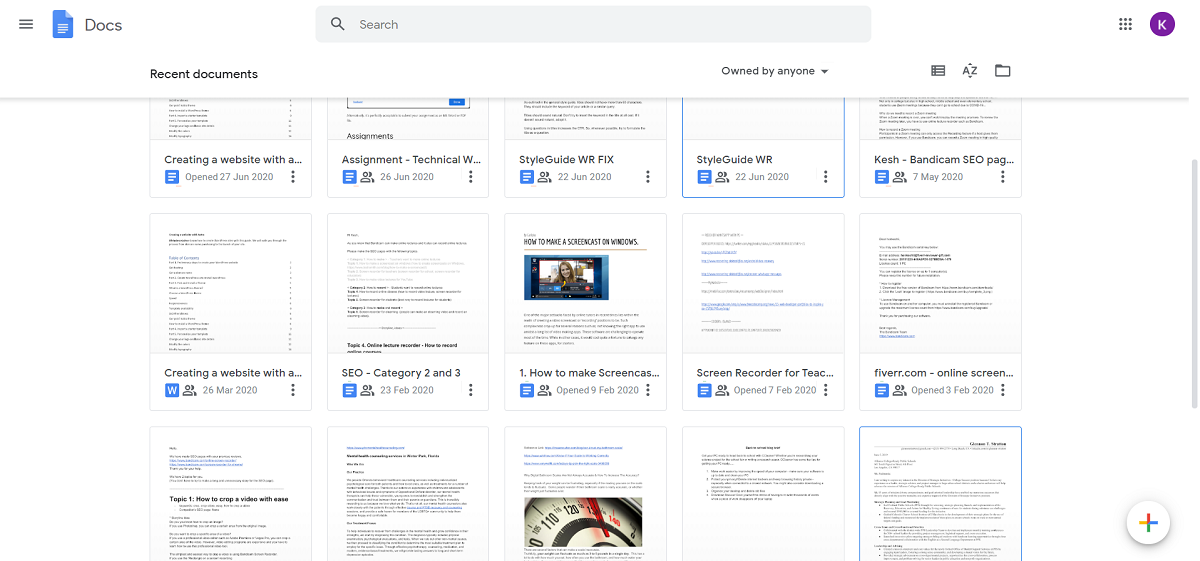How do you evaluate the value members of your workforce bring into your organization?
You have several options for gaining insight into the productivity of regular staff, but remote working is a different ball game. There’s always been the growing trend of businesses switching to remote workers. Now, the COVID-19 pandemic has finally made it somewhat essential and no longer a luxury for most corporations.
Brick-and-mortar businesses have begun to find ways to serve their customers while social distancing. However, most organizations have gone entirely or partially remote. They’ve discovered that not only does working remotely help avoid physical contact, it’s also massively beneficial to their organization.
How do I measure my remote workers’ productivity?
When your employees work from home, will they be disciplined enough to get work done? How do you know that they’re using work hours for your business? Are they really less productive working from home?
Before answering these questions, you must trust them and let them know that you do. Maura Thomas from RegainYourTime gives her two cents on trusting remote workers:
To effectively manage remote workers, supervisors must believe—unless they have evidence to the contrary—that people are working even if they are not in the office. What’s required are metrics to refute or confirm anecdotal evidence and personal assumptions.
Therefore, although you seek ways to measure their productivity better, you have to trust that they are doing their best unless the metrics say differently.
This article contains opinions, advice, and tools utilized by renowned organizations regarding how they evaluate the value specific remote staff bring into their company.
#1. Value output over the work put in
Organizations that are new to the remote working scene would be used to seeing their staff in action. Also, “home” may mean “no work” to many team leaders. However, organizations must realize that the main reason employees prefer working remotely is that they get to work at their pace.
Who knows? Their pace might just be what brings out the best in them.

Do you already have staff working remotely? Here are the best teleconferencing tools to use.
This ZDNet research found that workers are generally more productive and communicative working from home.
When dealing with remote staff, it’s best not to emphasize tracking employee hours. Instead, keep track of work done. No matter how much you try, you cannot control how your employees use their time, neither can you tell for sure how much work they put in. Being result-oriented keeps everyone focused on accomplishing goals in the set times.
#2. Value internal feedback

A useful but often overlooked technique in measuring the productivity of remote workers is implementing an internal feedback process. To do this, you should mandate your employees to fill out brief surveys, where they give back honest opinions of their colleagues’ performances and attitude to work.
A tactic is to make employees complete questionnaires on which they answer a couple of short questions each about their colleagues. In this questionnaire, ask what they believe to be the said employee’s strengths and what areas their colleague can improve.
#3. Embrace the tools
Management can’t track remote employees’ productivity using manual methods or policies. Thankfully, loads of software are available to remote working as efficient as it can be.
Some of these tools include:
Collaborate with Trello

Trello is probably one of the most popular projects management solutions. This utility gives you an overview of projects being worked on and by whom. Trello is packed with features that are essential for proper remote employee evaluation.
On your company-wide Trello board, the manager can find out what each staff is working on at any given time. Constant communication and updates also increase transparency within your organization.
Videoconference with Zoom
Sometimes, texting is not enough; Zoom has been around for a while but has seen a boom during the COVID-19 crisis. This software is an excellent video conferencing solution for small to large teams.
Alternatives to Zoom include Google Meet, Skype, Microsft Teas, GoToMeeting, etc. Videoconferencing blurs the line between your physical and virtual workplaces.
Google Docs

Utilize Google Docs, which the team can access at any time. Google Docs allows team members to select what task they want to work on, and the projects can be assigned estimate times.
Management can judge employees who frequently complete their assignments before the defined estimated times as more productive. Google Docs has many more exciting and useful features that help evaluate remote staff productivity.
Slack

Slack is, hands-down, the most popular collaboration tool. Thanks to its useful integrations and app collection, Slack has become the go-to messaging tool for professionals and teams. Most organizations even consider it to be their virtual office.
Log in to your Slack workplace and get instant updates from your remote teams. Slack has apps that generate business activity reports automatically. Examples of such reports include the latest reviews of your products/services and new email subscribers.
There are more tools mentioned which can help when working from home.
#4. Set and communicate goals frequently

When you breakdown your goals into smaller tasks, it becomes easier to track them and less tedious on the part of the employee. Result-oriented organizations that hire remote staff set clear goals and deadlines just as they would for regular workers.
With the help of metrics, you will get the best out of your remote teams. These metrics differ based on the nature of your business. Some word from home performance metrics include the following:
- The number of sales
- Revenue generated per team member
- Customer issues
- Average response time
- Lead conversion rate
- Customer acquisition cost (CAC)
- Turnover rate
- Return on marketing investment (ROMI)
Further, when remote workers know that they will account for their work done, they’ll be more focused on accomplishing tasks.
#5. Reward accomplishments

You don’t have to stop at setting goals for your remote staff; rewarding them when they meet targets will directly improve their productivity. I mentioned earlier how Slack integrates with apps to extend its functionalities. The HeyTaco! integration, for instance, lets you celebrate your remote workers’ wins all through the day.
Employee motivation is probably the factor that worries most managers when dealing with remote staff, and a pat on the back would be a perfect morale booster.
Final Thoughts…
You are not wrong or overdoing it if you want to keep an eye on your remote workers. This is vital for a healthy ROI on their input and an excellent way to appreciate and/or encourage their development in your organization’s operation and hierarchy.
Productivity assessment is a continuous process that keeps remote employees in check. Most importantly, it also lets the staff evaluate themselves and work hard to level up to the productivity of their colleagues.



